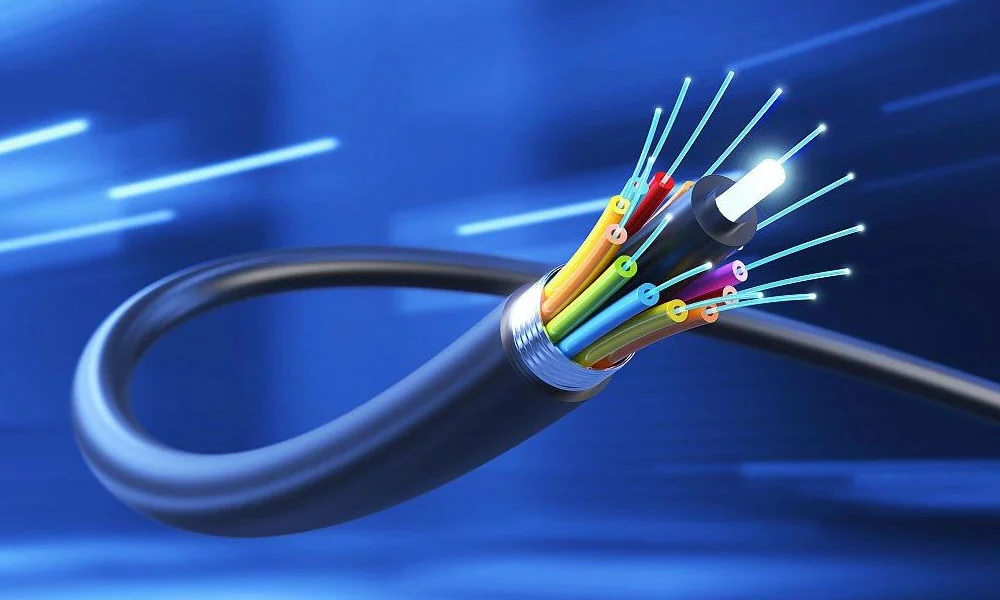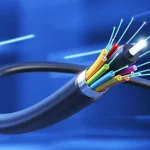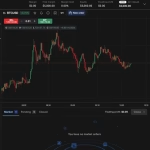With the rise of the digital age, we have primarily needed information to be transmitted much more quickly. Technological development has made data speed and efficiency highly dependent on cabling. Fibre optic cables are a better option than traditional copper cables. This post explores fibre optics and asks why they are outpacing copper regarding data speed and reliability.
Understanding Fibre Optic Technology
The light used in fibre optic cables to transmit data has a crucial advantage over sending electrical signals in copper wires. A fibre optic cable is a long glass or plastic thread carrying light with little resistance. This technique allows data to flow and work faster and more efficiently.
Speed and Bandwidth Advantages
Fibre optics can offer the ideal data transfer speed. Since information travels at the speed of light, these cables can transfer data much faster. They also provide a lot more bandwidth, which translates into the ability to transmit more data simultaneously. These cables are critical for bandwidth-intensive applications such as streaming, video conferencing, and cloud computing.
Reduced Signal Loss
Signal loss over distance is one of the typical issues of copper cabling. Due to electrical resistance, signals lose strength as they travel down copper wires, which results in data loss. However, the signal loss in fibre optic cables is very low, even at long distances. They are also reliable, which makes them perfect for long-range or worldwide communications.
Immunity to Electromagnetic Interference
Copper is prone to electromagnetic interference from nearby electrical devices, which might affect data and slow the transmission. Meanwhile, fibre optic cables resist such interference, guaranteeing stable and reliable data transmission. This feature will always be beneficial in high-tech environments that use many devices.
Enhanced Security
As technology becomes more interconnected, data security becomes a larger problem. Fibre optic cables from reputable providers like Ausoptic also provide increased protection against data hacks. Since these cables translate light signals and altering them would likely be noticed, accessing them without being found out is difficult. Again, this is the reason organisations requiring data security prefer fibre optic cables.
Durability and Longevity
Fibre optic cables are more robust than copper cables. They are immune to temperature changes, moisture, and chemicals. That durability means longer lifespans and lower service costs, which generate considerable savings for companies and service providers in the long run.
Cost Considerations
At first glance, fibre optics may be more expensive than copper. But in the end, the costs are often compensated for by the long-term benefits. Due to the high data speeds, low maintenance requirements, and long lifespan of fibre optics, fibre optic technology provides a more affordable option in the long run. The pricing of fibre optics keeps decreasing as technology has improved and demand has increased.
Scalability for Future Needs
With increasing data needs comes the need to scale infrastructure. Fibre optic cables are highly scalable and can handle increased data loads without impacting performance. Such scalability ensures that businesses will never have to reinvent their entire network infrastructure when there is future demand.
Environmental Impact
Fibre optic cables are environmentally friendly compared to copper cables. They consume less energy for data transmission, hence minimising the carbon footprint. Because they last longer, they require fewer resources to replace over time. As such, they are the eco-friendly alternative for users who care about the Earth.
Conclusion
Fibre optic cables are better than copper lines in terms of data transfer speed, reliability, and scalability, which is why fibre optic cabling has been the go-to solution for most modern data transmission requirements. It offers advantages such as speed, less attenuation, and immunity to interference. As technology advances, it will remain the most sustainable form of data transfer.






